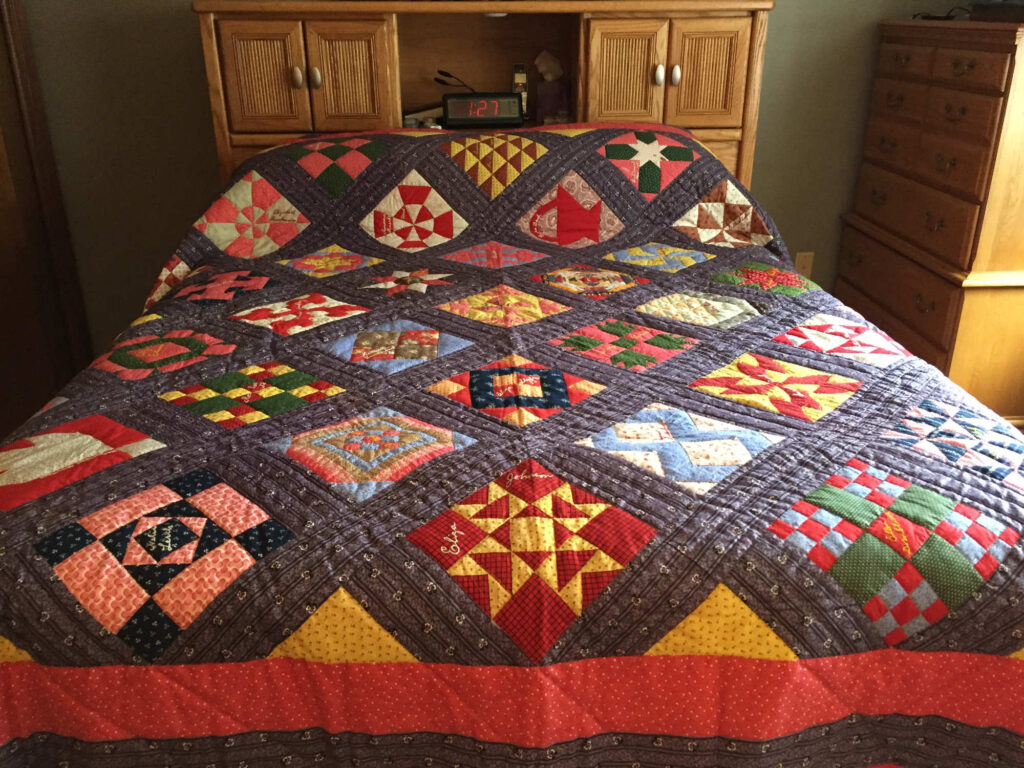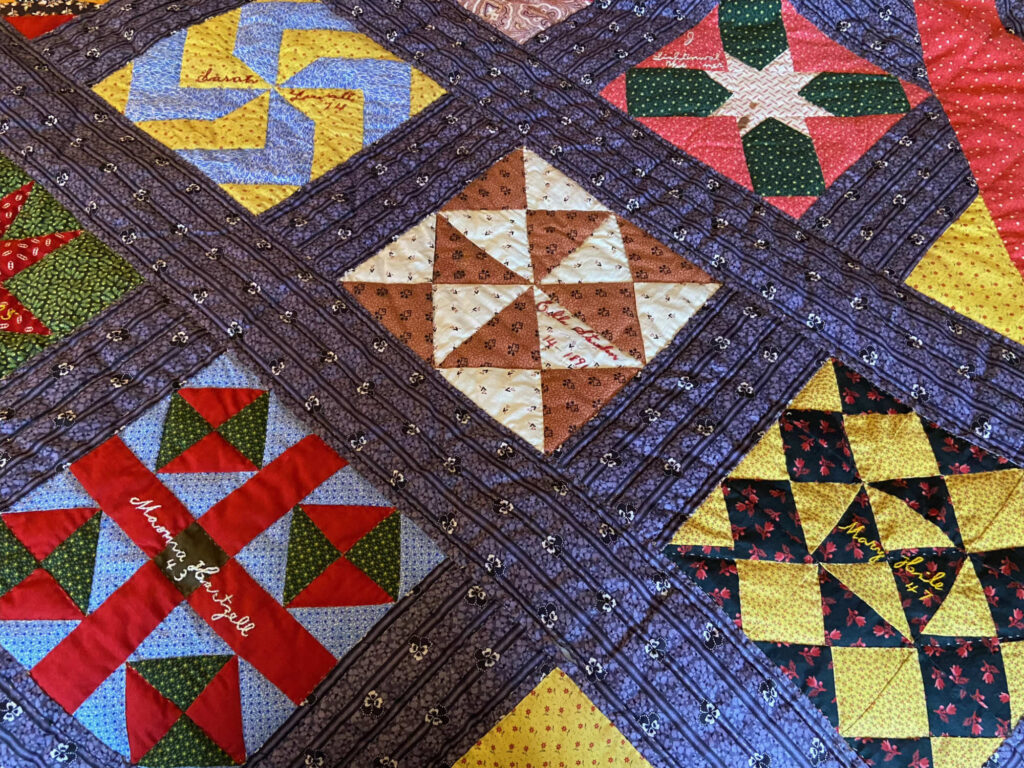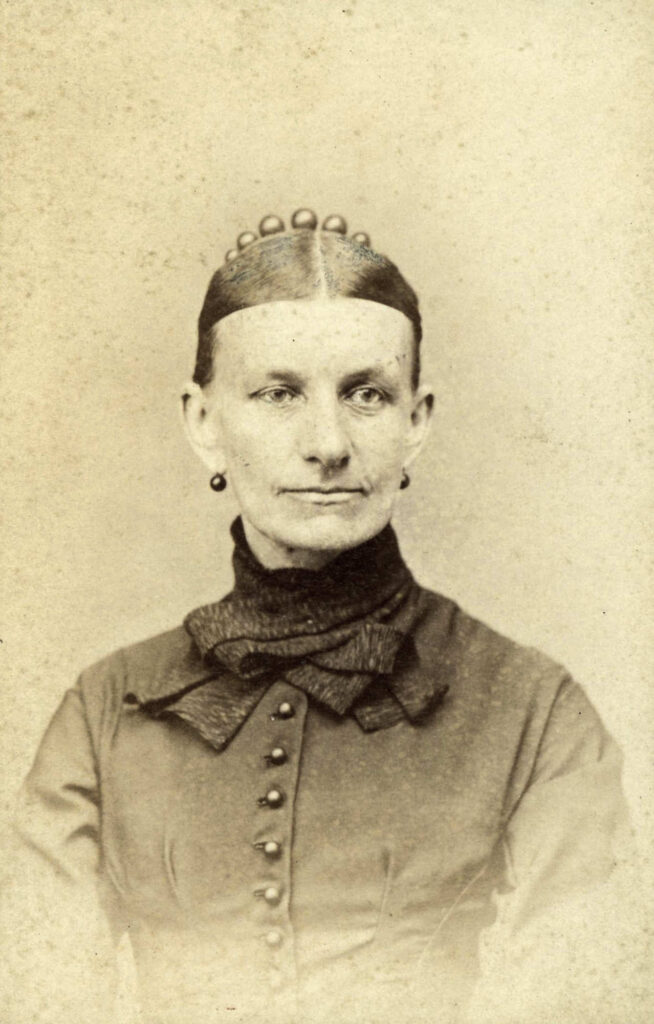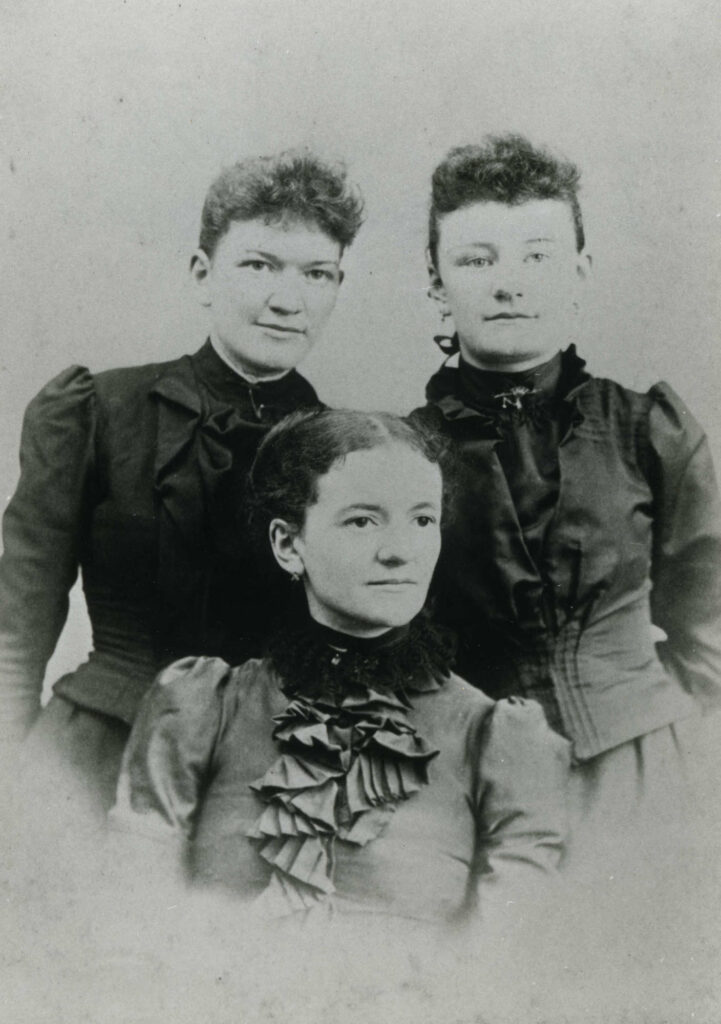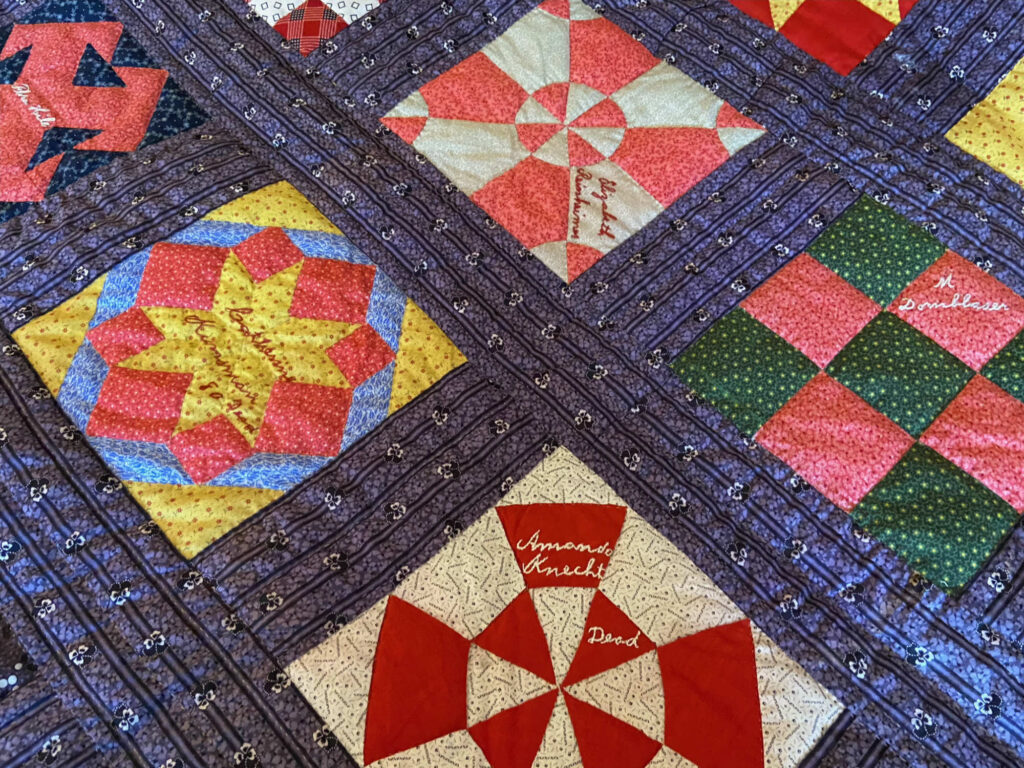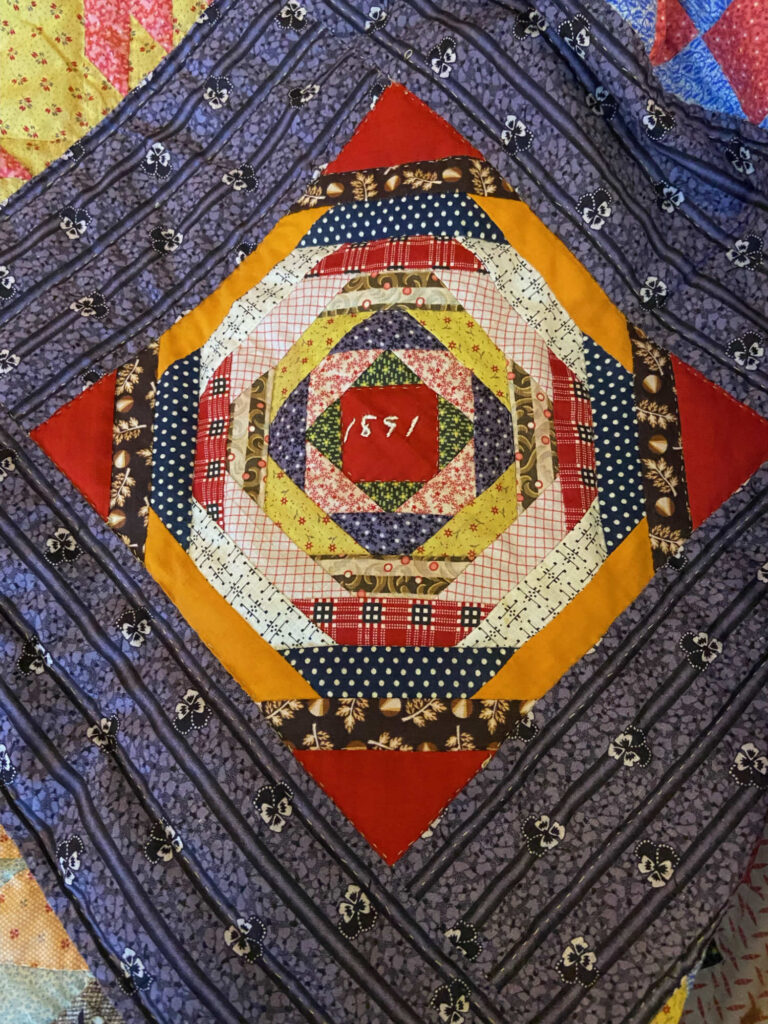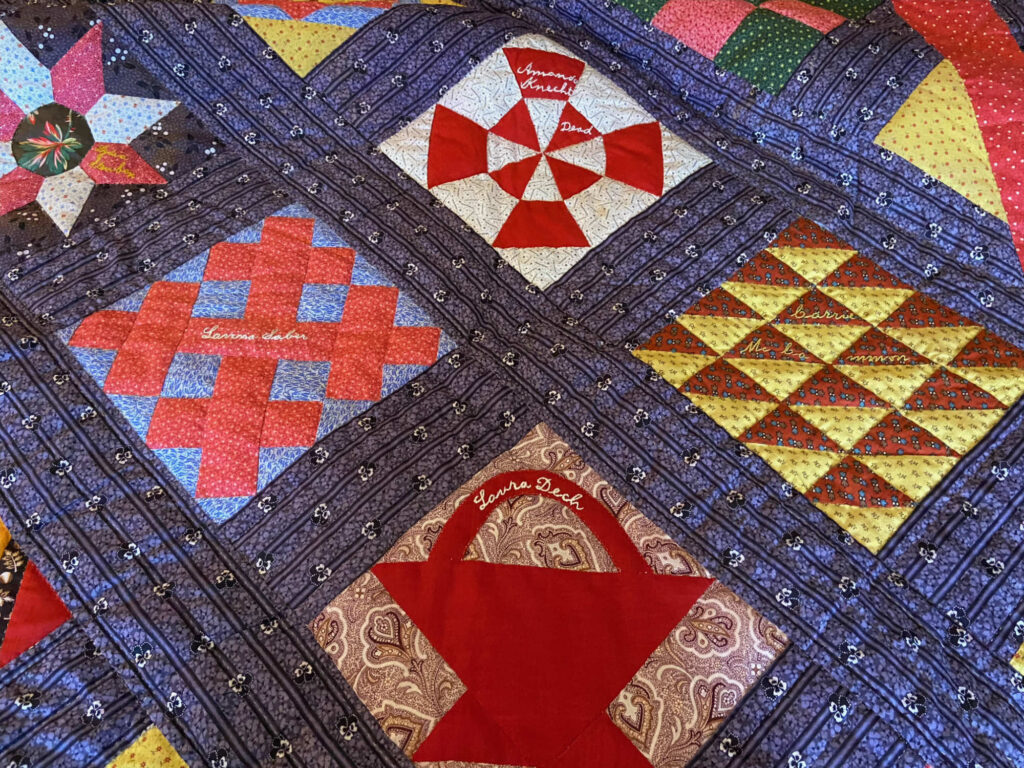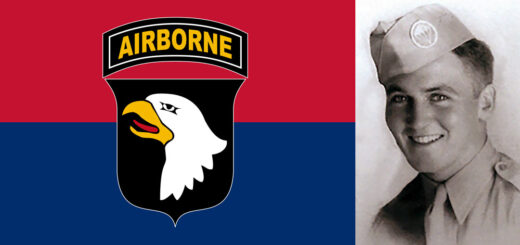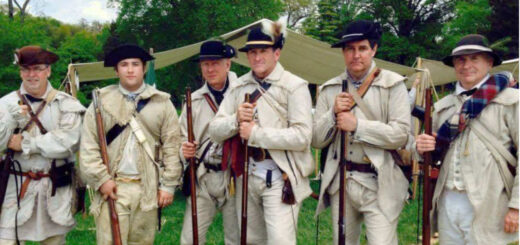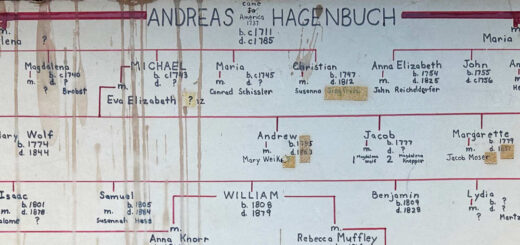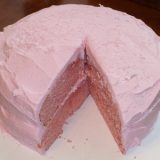Friendships in Fabric: The Story of a Family Quilt
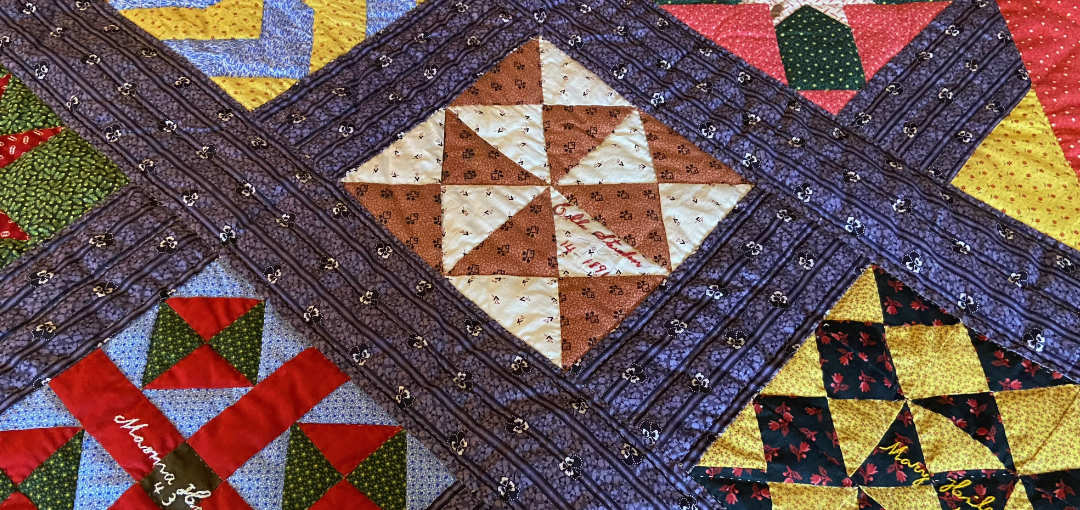
Over the years, my father, Mark, and I have featured several stories about quilting. Quilts, unlike the mass-produced textiles of today are one of a kind, personalized items. They are handmade with kindness, love, and memories. Most of all, they are family heirlooms, passed down through the generations.
During one email exchange, my distant cousin Walter “Walt” Hagenbuch mentioned a quilt that has been in his family for well over a century. Walt’s line of Hagenbuchs has been covered in a few previous articles. In his message, he described receiving the quilt from his parents in 1946 as a wedding gift. His parents, John Henry and Katie Regina (Bensing) Hagenbuch, had gotten the quilt from Walt’s paternal grandmother, Annie Rebecca Salome (Nagel) Hagenbuch. Yet, the full story of the quilt and how his grandmother, Annie, came to own it was unclear.
Describing the quilt as beautiful hardly does it justice. The multi-layered textile is constructed from 41 brightly-colored, square blocks. Most are constructed from similar prints of fabric, though all are designed in unique ways. The blocks are laid out in nine rows with the longest row at the middle of the quilt running corner to corner and having nine blocks. Embroidered onto each block are names, ages, dates, or some combination of these. After some initial discussion, Walt and I were left wondering: Who were these people, what was the significance of the dates, and why was the quilt made? I set about to answer these questions and more.
The first clue came from the dates. There were only two and both were 1891. One was alone in the middle of a block, while the other was part of the phrase, “Ella Steuben age 14 1891.” Age is italicized here because it was inked on by someone, rather than crocheted. What was the significance of 1891, and could the quilt have been made in that year?
A quick investigation of Ella Steuben, located an “Ellen C. Steuben” on the 1880 census for Lower Nazareth Township, Northampton County, Pennsylvania. In that year, she was three years old, meaning she would have been 14 in 1891—an exact match to the age on the quilt. Reviewing the 1880 and 1900 censuses provided additional details too, such as the names of Ella’s sisters, Lydia and Minnie, and her mother, Eliza. All of these women’s names appear on the quilt too.
The next clue came from the names themselves, 40 in total. These were embroidered in the same style of cursive, suggesting that the same person had added them. The names all appeared to be female and ranged in age from 10 to 80. Some last names were more prevalent—such as Johnson, Kriedler, Steuben, and Beck—and census research showed that those who shared a last name were typically related.
Curiously, two of the names, Amanda Knecht and Catherine Kunsman, had “Dead” crocheted after them. An investigation of these women yielded that Amanda C. Knecht lived in Lower Nazareth Township and died in late 1891. Catherine (Wottring) Kunsman lived nearby and died in late 1892. “Dead” must have been added after this event.
One final clue came from two women who were lacking last names. These were crocheted as “Edna” and “Mother 52.” Annie’s mother, Anna Elizabeth (Reinheimer) Nagel, was born in 1839, meaning she was 52 years old in 1891. Annie also had an older sister Edna who was alive in that year, but died just a few years later in 1894. Whoever made the quilt, embroidered the names, or was its intended recipient seems to have known these two women as “Edna” and “Mother.”
Using the above details along with some additional reading, the story of the quilt’s creation began to emerge. It is a type of friendship quilt known as a signature quilt. Friendship quilts were constructed from blocks made by different women and were often social events. When the collaborators had their names inked to or embroidered on the blocks, the resulting textile became a signature quilt. All of the women named on the quilt were members of the same community in Lower Nazareth Township. Most were probably friends and some were even relatives.
Judging from the blocks made by “Mother” and “Edna,” the quilt was probably created for Walt’s grandmother, Annie, around 1891. However, it may not have been fully completed and gifted to her until 1893, when she was 16 years old. This timeline would explain why “Dead” was added after a few women’s names. Their contributions were no less than the others, and it was seen as appropriate to note that they had died before presenting the gift.
Annie may have received the quilt as a present for her 16th birthday on May 20, 1893. It may also have been given in recognition that she was nearing marriageable age and would soon be on her own. Such a tradition is documented through another Hagenbuch textile, a lovely counterpane that was made for Mary C. Hagenbuch in 1844 when she was 17 years old. As most young women of that era, Annie likely left school before graduating in order to work and to marry. Just a few years later in 1897, she married William George Hagenbuch (b. 1875) and began a new life with him.
Yet, the quilt held one final mystery—a piece of paper pinned to its corner. On this was typed a name and address:
Mrs H Hagenbach
165 Church St
Nazareth Pa
274217 F Sp
Walt remembered that this home was situated catercorner to the house where he grew up and that his family didn’t really socialize with the Hagenbuchs who lived there. After some digging, the identity of these relatives were revealed. They were the family of Harrison “Harry” S. (b. 1875) and Mary (Romig) Hagenbuch (b. 1879). These Hagenbuchs were distant cousins of Walt’s. While Harrison is descended through Andreas’ son Michael (b. 1746), Walt is through Andreas’ son Henry (b. 1737).
Was Mary somehow connected to the quilt or was the paper a red herring? Presently, nothing has been found to suggest she had anything to do with its construction. In fact, she moved to 165 Church Street only after Walt’s parents had married in 1922 and were likely in possession of the quilt. Did Walt’s parents intend to give Mary the quilt for some reason or, perhaps, someone erroneously attached the paper to the quilt while going through a box of old things? For now, the paper pinned to the quilt remains a mystery.
Storytelling is an important and necessary part of preserving a family’s history. My father most recently wrote about this last week. Just as letters, photographs, and other mementos can hold stories, so too can quilts. The signature quilt made for Walt Hagenbuch’s grandmother, Annie Rebecca Salome (Nagel) Hagenbuch, is a perfect example of this. Along with being a beautiful textile, the quilt tells the stories of a community of women and of a Hagenbuch family that has cherished an heirloom for generations.

